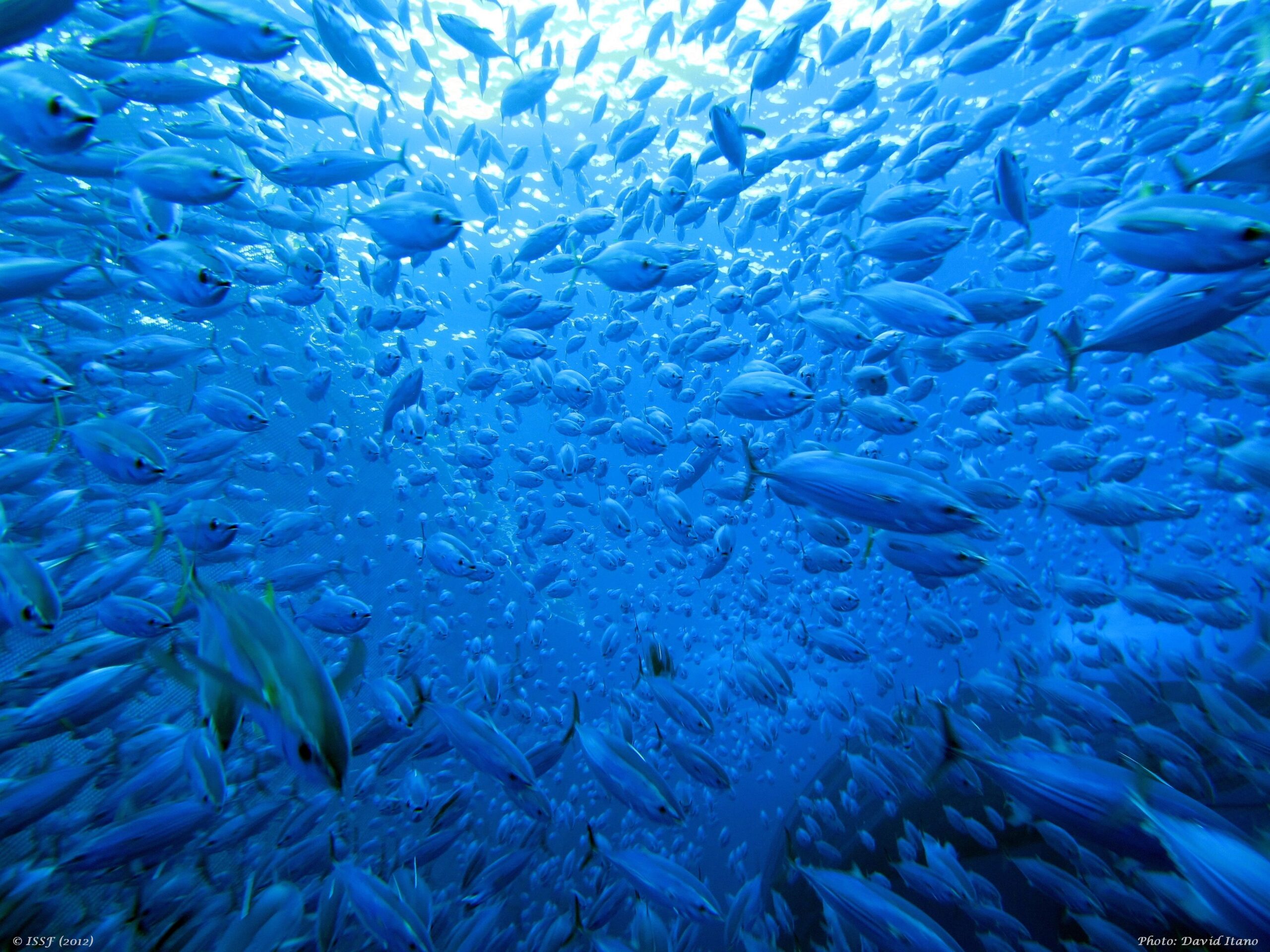Turning Science into Action | New Insights on MSC Tuna Fisheries & Bycatch Solutions
Featured News
New Report: Snapshot of Open Conditions for MSC-Certified Tuna Fisheries
A new ISSF report, Snapshot of Open Conditions for MSC-Certified Tuna Fisheries as of July 2025, compiles and analyzes open conditions across 65 certified tuna fisheries worldwide.
The findings show that while MSC certification has become widespread, most tuna fisheries still have targeted improvements to make — especially around harvest strategies; harvest control rules; and management of endangered, threatened, and protected species.
By identifying the most common challenges and linking them to available ISSF resources, the report helps fisheries and their stakeholders focus their efforts on closing conditions and maintaining certification. These insights directly support ISSF’s strategic objective: continuously improving the sustainability of global tuna fisheries, and the ecosystems that support them, in meeting and maintaining the MSC certification standard.
Read the full report to explore where the biggest opportunities for progress lie and how science-based collaboration can accelerate continued improvements in tuna fishery performance.
ICYMI
ISSF Priorities for ICCAT 2025
As the International Commission for the Conservation of Atlantic Tunas (ICCAT) convenes its annual meeting from November 17-24, 2025, ISSF is encouraged by the Commission’s ongoing momentum toward stronger, science-based management. At this year’s meeting, ISSF urges ICCAT Parties to build on that progress by focusing on three critical and complementary priorities:
- Finalizing harvest strategiesfor key stocks,
- Scaling up electronic monitoring(EM), and
- Human observer coverage, and advancing bycatch mitigationand shark conservation.
Together, these actions can accelerate ICCAT’s transition to fully monitored and evidence-driven fisheries management.
Continue Reading the ISSF Blog
Review the ISSF ICCAT Position Statement
Peer-reviewed Article
Evidence for a Fisher-Designed Solution to Manta and Devil Ray Bycatch in Tuna Fisheries
To help purse-seine tuna fishers protect manta and devil rays unintentionally caught in nets, ISSF coordinated and funded new research in collaboration with scientists from universities, research institutes, and non-governmental organizations in the U.S., U.K., and Spain, alongside fishers from the American Tunaboat Association (U.S.).
Together, fishers and scientists developed and tested the Mobulid Sorting Grid — a simple but smart device designed to safely release manta and devil rays caught in tuna fishing nets. The grid enables the rays to lie flat and gently slip back into the sea, helping prevent injuries and ensuring the tuna can continue through the net.
ISSF Senior Scientist Dr. Gala Moreno led the research effort, with Melissa Cronin of Duke University and Jefferson Murua of AZTI serving as key researchers on the study. Dr. Victor Restrepo, ISSF Vice President of Science and Chair of the Scientific Advisory Committee, and Dr. Hilario Murua, ISSF Senior Scientist, also participated in the study.
Review the Conservation Biology Paper
Read a Related ScienceNews Article



